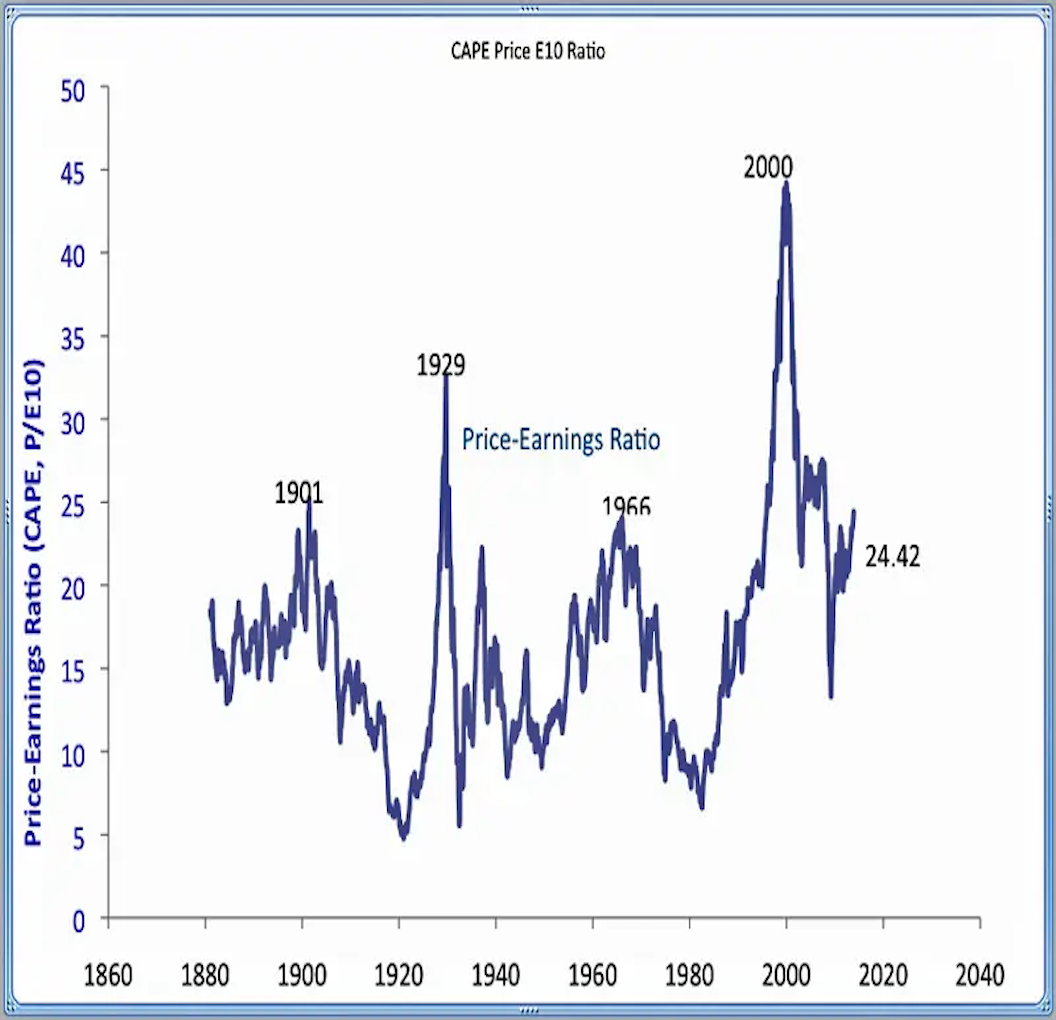Why high PE stocks are not chosen by fund managers

The Price Earnings ratio, or the PE ratio, is a commonly used metric for investing. It is used to value a company. The ratio is known as “earnings multiple†or “price multiple†because it measures the present price of the share relative to its earnings.
How to check PE ratio of stocks? PE ratio of stocks is calculated by dividing the price of a share by the per share earnings (EPS) of the company. For instance, a share price of Rs. 750 divided by EPS of Rs. 25 represents a PE ratio of 30. In simple words, this means that if you want to buy this company’s shares today it will take 30 years for you to earn back your investment.
The PE ratio will tell you how much the market is willing to pay for every rupee of the company’s earnings. A higher PE ratio means that investors in the market are willing to pay more for the earnings of the company. Why? This might be because they think that there are high prospects for the future of the share. However, a low PE stock indicates that the investors don’t think much about the future earnings of the company and don’t place confidence in it.
Even though the PE ratio seems to be a fair metric, there are plenty of issues with the ratio.
Why a high PE ratio may not always be good?
Even though a high PE ratio indicates good future prospects for the company, the PE ratio might be overvalued. Why? This is because the ratio often depends on estimated future earnings of the company. The ratio assumes that the future earnings of the company will be at least what they are presently. For instance, if a company is trading on a 25 times PE ratio, the investors are assuming that the earnings of the company will be at least what they are today for the next 25 years. When estimating earnings for a year or two itself is difficult, assuming earnings for 25 years isn’t right. If the future earnings of the company turn out to be lower, then the investment in the company will fall flat.
Another problem with the PE ratio is that it does not account for the debt of the company. Most companies with major debt issues will obviously be highly risky investments. The PE ratio takes into account the equity price and not the debt that the company has incurred. This means that a stock with a high PE ratio and high debt might actually turn out to be a dud investment.
The biggest component of the PE ratio is the earnings of the company. Most of the times these are the earnings as defined by the accounting standards that are relevant to a particular country. They are not the cash earnings of the business, that is, it doesn’t include the company’s cash flows. So, a company’s shares with a high PE ratio might be making profits without cash flows. If that is so, the investment should be avoided.
When investors use the P/E ratio, they think that a stock with 9 times earnings is way cheaper than that with 16 times earnings. This may not always be the truth. A company might have a very low PE ratio because its future earning prospects are low. A higher PE ratio stock might actually be cheaper when you compare it to its peers. So, a high or low PE stock has to be seen in the context of future earnings, business prospects, competitors, etc. Ideally, fund managers will prefer to own a company whose earnings go up significantly over the coming years. The P/E ratio alone has no way of telling us about future earnings. That’s why fund managers use it with other metrics.
The most important point is that the PE ratio does not take into account the company’s balance sheet. For instance, a company might be trading on a high PE multiple while it has a lot of present debt that it has low cash flows to pay. So, the company’s PE ratio can fall significantly in the present financial year. So, a high PE ratio doesn’t mean the investment is good enough.
One other reason why a mutual fund manager avoids buying high PE stocks is because the PE ratio tells nothing about the quality of a company’s earnings. A company might be trading at a higher PE because earnings might include a one-off profit. Fund managers will look at those companies who have steady per year earnings growth.
While the P/E ratio has its place in valuing stocks, it should be used in combination with other valuation methods. It shouldn’t be the sole reason for investing in a company.
Looking for good stocks to invest in 2021?
Read this <https://www.wealthzi.com/blog/10-top-stocks-to-invest-in-2021-that-combine-growth-and-value/> article for the information.

